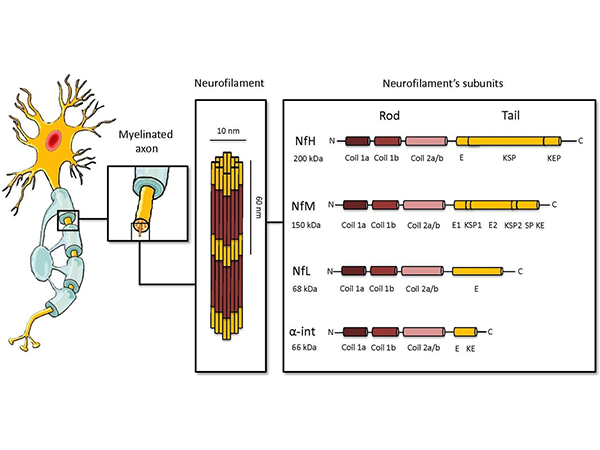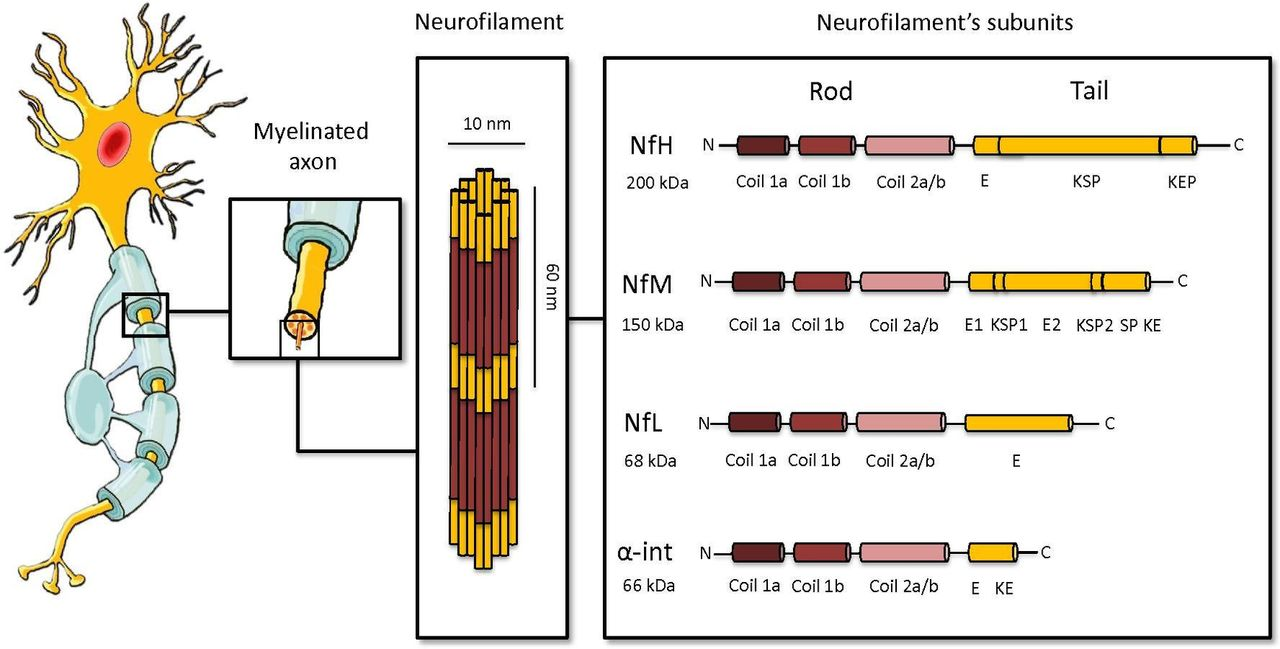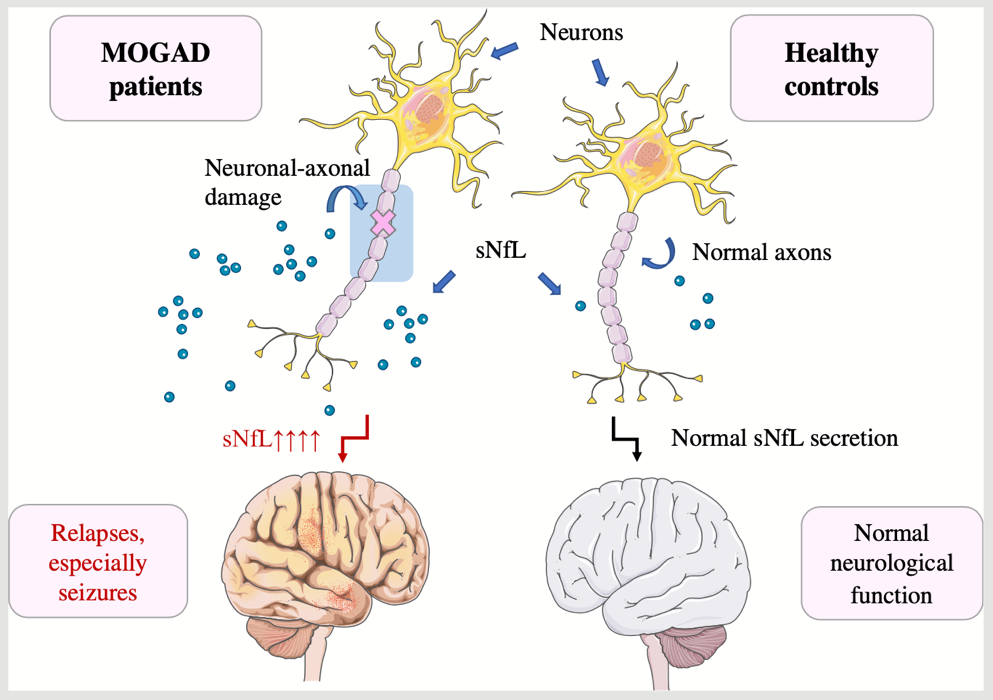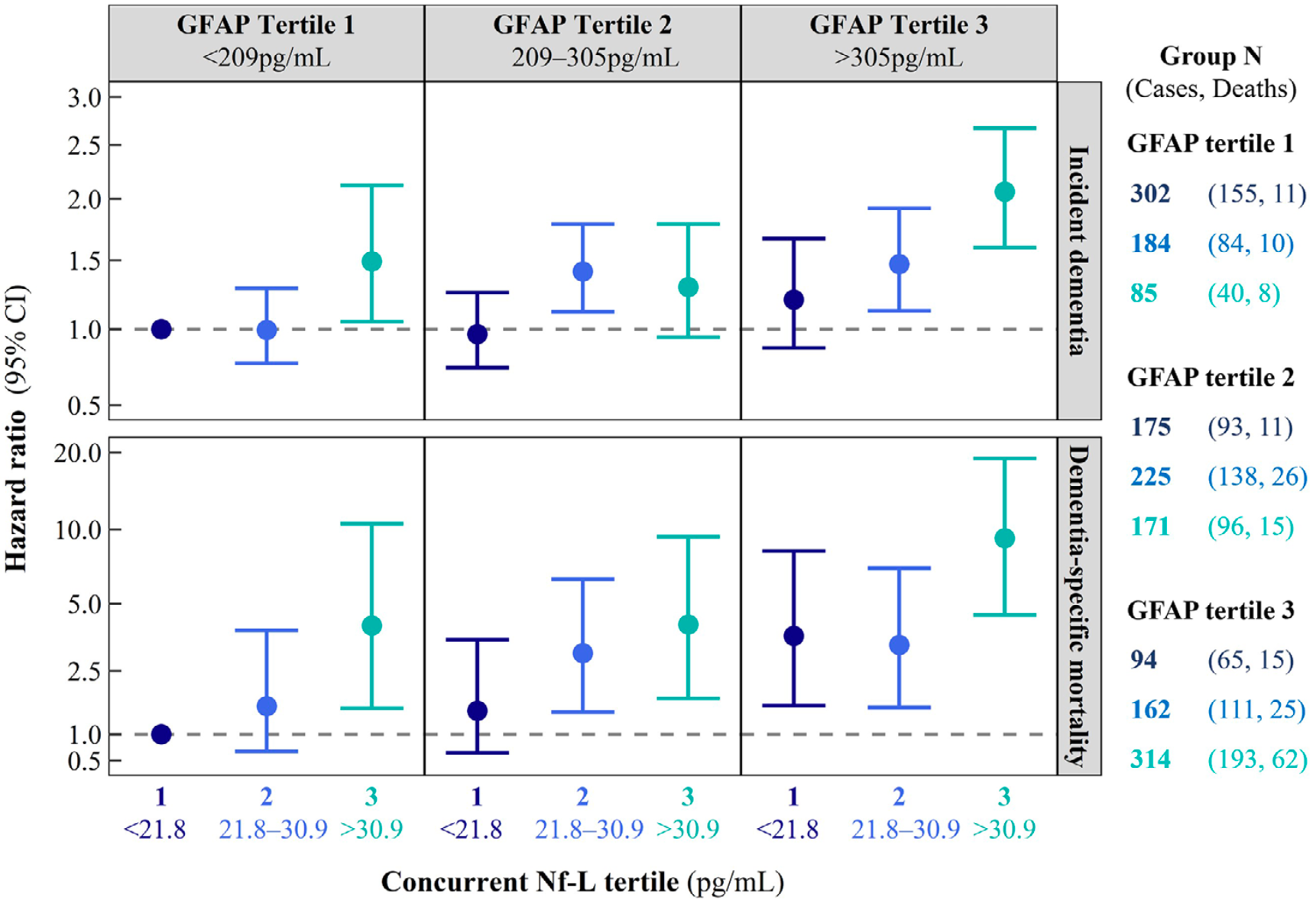Monoclonal Antibodies Against Neurofilament Light Chain (NfL): Facilitating the Diagnosis of Neurological Injury
04 Aug 2025
by AntBio

Neurological disorders represent a significant global health challenge. In 2021, over 3 billion individuals worldwide were affected by or suffered from neurological disorders. These conditions have now emerged as the leading cause of global morbidity and disability. The global market for neurodegenerative disease treatments is projected to grow from USD 14.66 billion in 2021 to USD 22.79 billion by 2029, with an estimated compound annual growth rate (CAGR) of 5.67% from 2022 to 2029.
Neurofilament light chain (NFL or NEFL) is a critical subunit of neuronal neurofilaments (NFs) and serves as a biomarker for a variety of neurological disorders. It holds significant value in both neuroscience research and clinical diagnostics.
NFL is the smallest and most abundant neurofilament subunit, responsible for maintaining the function of the nervous system. Neurofilaments are composed of four distinct subunits: neurofilament light chain (NFL), neurofilament medium chain (NFM), neurofilament heavy chain (NFH), and α-internexin or peripherin. These four subtypes assemble into 10 nm neurofilaments, with the concentration of each component varying depending on the type of neuron, the location within the axon, and the developmental stage.

Figure 1: Composition and Structure of Neurofilaments
Biological Functions of NFL
The backbone of neurofilaments is composed of NFL and α-internexin or peripherin. As a major cytoskeletal protein, NFL plays a crucial role in maintaining axonal morphology and ensuring neuronal signal transmission:
-
Maintaining Axonal Morphology: NFL helps preserve the structural integrity of axons.
-
Ensuring Neuronal Signal Transmission: NFL ensures the effective propagation of electrical signals along axons.
-
Regulating Axonal Diameter: NFL participates in the regulation of axonal diameter.
NFL undergoes post-translational modifications such as phosphorylation or glycosylation, which affect the functional structure or aggregation of neurofilaments.
Under normal physiological conditions, NFL release is minimal, with cerebrospinal fluid (CSF) levels <1800 pg/ml. Due to the blood-brain barrier, blood levels of NFL are typically <10 pg/ml. However, in axonal injury or neurodegenerative diseases, NFL is released, resulting in significantly elevated levels in CSF and blood. Elevated NFL levels are observed in conditions such as Alzheimer's disease (AD), Parkinson's disease (PD), multiple sclerosis (MS), amyotrophic lateral sclerosis (ALS), and frontotemporal dementia (FTD). The levels of NFL in blood and CSF correlate strongly with the degree of axonal injury in various neurological disorders. A strong correlation exists between blood and CSF NFL levels, with R values typically ranging from 0.7 to 0.8. However, the mechanisms of neurofilament release, distribution, and metabolic kinetics are not yet fully understood.

Figure 2: Changes in Serum NFL (sNFL) in Patients with Myelin Oligodendrocyte Glycoprotein Antibody-Associated Disease (MOGAD)
Clinical Significance of NFL
Monitoring NFL levels in CSF or blood can predict the progression of various acute and chronic neurological diseases and assess treatment efficacy. NFL serves as a biomarker for central nervous system axonal damage and is closely related to multiple neurodegenerative diseases. Additionally, NFL can act as a potential auxiliary diagnostic and prognostic biomarker during disease progression.
NFL can also be combined with GFAP to predict the risk and prognosis of dementia. The Kenneth team at Harvard University, based on data from the Cardiovascular Health Study (CHS) cohort, found that when NFL and GFAP are combined, compared to subjects with the lowest tertile concentrations of both blood NFL and GFAP, those with the highest tertile concentrations had a 106% increased risk of dementia (HR = 2.06) and an 822% increased risk of dementia-specific mortality (HR = 9.22). Elevated levels of both biomarkers are independently associated with an increased risk of dementia and dementia-related mortality, with even higher risks when both are elevated.

Figure 3: Hazard Ratios for Dementia Incidence and Dementia-Specific Mortality in Combined NFL and GFAP Groups
Traditionally, enzyme-linked immunosorbent assays (ELISA) or electrochemiluminescence (ECL) have been used to measure ultra-low levels of the biomarker NFL to monitor disease progression. However, single-molecule assays (SiMoA) with picogram-level sensitivity are now available to detect NFL in blood. These techniques, similar to other immunoassays, utilize fluorescent magnetic beads coated with high-affinity capture antibodies to specifically bind NFL. The beads are loaded into microwells on a millimeter-scale chip, with each well theoretically accommodating only a single bead. The concentration is determined by measuring total fluorescence intensity.
With the development of novel immunoassay technologies, quantitative monitoring of NFL at extremely low concentrations has become possible, making NFL an important tool for assessing disease activity, tracking treatment efficacy, and predicting disease progression in neurological disorders.
S-RMab® Monoclonal Antibodies
Starter has launched a highly sensitive NFL antibody pair for the detection of NFL in CSF and blood samples. The sandwich ELISA sensitivity reaches 20 pg/ml, with no cross-reactivity with GFAP!
Combined with our existing Tau/pTau series antibodies (comprehensive analysis of TAU biomarkers), we offer a comprehensive solution for the treatment of neurological disorders. Inquiries are welcome.
Product Information
| Gatalog Num | Product Name | Product Parameters | Price |
| S0A9049 | Human NFL, His tag | Host : Human | $110 |
| Expression System : E.coli | |||
| S0A9045 | Human NFL, His tag | Host : Human | Inquiry |
| Expression System : HEK293 | |||
| S0B3280 | NFL Recombinant Rabbit mAb (SDT-635-313) | Host : Rabbit | $645 |
| Conjugation : Unconjugated | |||
| S0B3279 | NFL Recombinant Rabbit mAb (SDT-635-214) | Host : Rabbit | $645 |
| Conjugation : Unconjugated |




